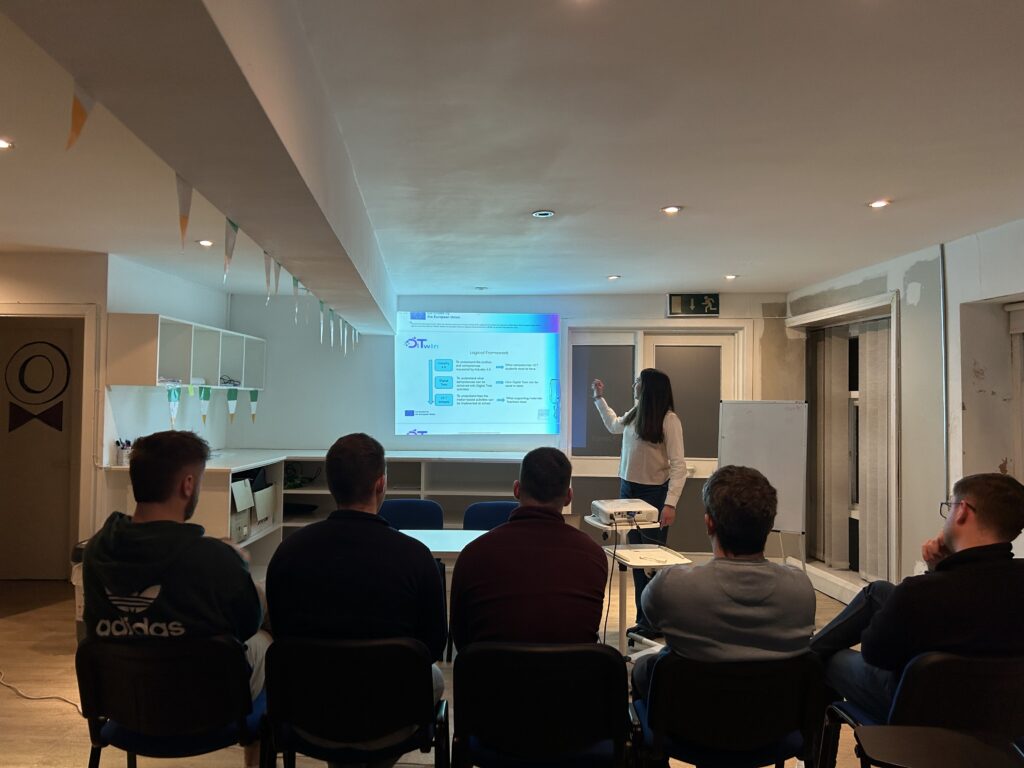In January 2025, focus groups meetings for the European DiTwin project took place across all participatingcountries (Ireland, Spain, Italy, Poland, and Greece).
The focus groups followed a shared approach in every country. The sessions, held both in-person and online, brought together VET teachers, technology specialists, and industry representatives and focused on threemain topics:
1. The challenges of aligning VET education with labor market demands and Industry 4.0.
2. The support teachers need to integrate Digital Twin technology into their lessons.
3. The review and improvement of the DiTwin Handbook.
The DiTwin project, funded by Erasmus+, aims to introduce Digital Twins into vocational education and training (VET).
The meetings with teachers and experts helped identify key needs and refine the DiTwin Handbook, which is a crucial guide for implementing this technology in schools.
These discussions provided valuable insights that will help tailor the project’s resources to meet the real needs of teachers.

Main Challenges Identified
1. Mismatch between VET Curricula and Industry 4.0:
Across all countries, the inflexibility of thecurricula was seen as a barrier to introducing new technologies. In Spain, teachers suggested addingDigital Twin modules during flexible training hours and adjusting practical activities to better alignwith Industry 4.0. In Italy, a lack of collaboration between schools and small to medium-sizedbusinesses (SMEs) was mentioned, as many SMEs struggle to provide the resources needed for partnerships with educational institutions.
Strengthening ties between education and industry was emphasized as vital to ensuring that training better matches market needs. In Ireland, teachers pointed out that lessons are mostly theoretical and do not always reflect what industries actually need. There was also concern about the lack of technological training for educators, which limits theuse of innovative tools like Digital Twins.
2. A DiTwin Handbook that meets teachers’ needs:
Everyone agreed that the DiTwin Handbookshould offer a simple, clear introduction to Digital Twins and how they can be used in teaching. In Spain, teachers suggested the manual should explain how this technology improves efficiency and predictive maintenance in industry, helping students better prepare for their careers.
In Italy, teachers recommended including practical examples of how Digital Twins are used with ManufacturingExecution Systems (MES) to monitor processes in real-time and spot problems. In Ireland, the proposal was to include examples from local industries, ready-to-use modules, practical guides, and accessible software tools, ideally open-source or low-cost.
In conclusion, the focus groups for the DiTwin project have been key in identifying what teachers need and improving educational resources. The next step is to update the DiTwin Handbook based on the feedback received and organize teacher training sessions. With this initiative, Digital Twins will become an essential tool in preparing vocational students for the digital skills the future job market will demand.
